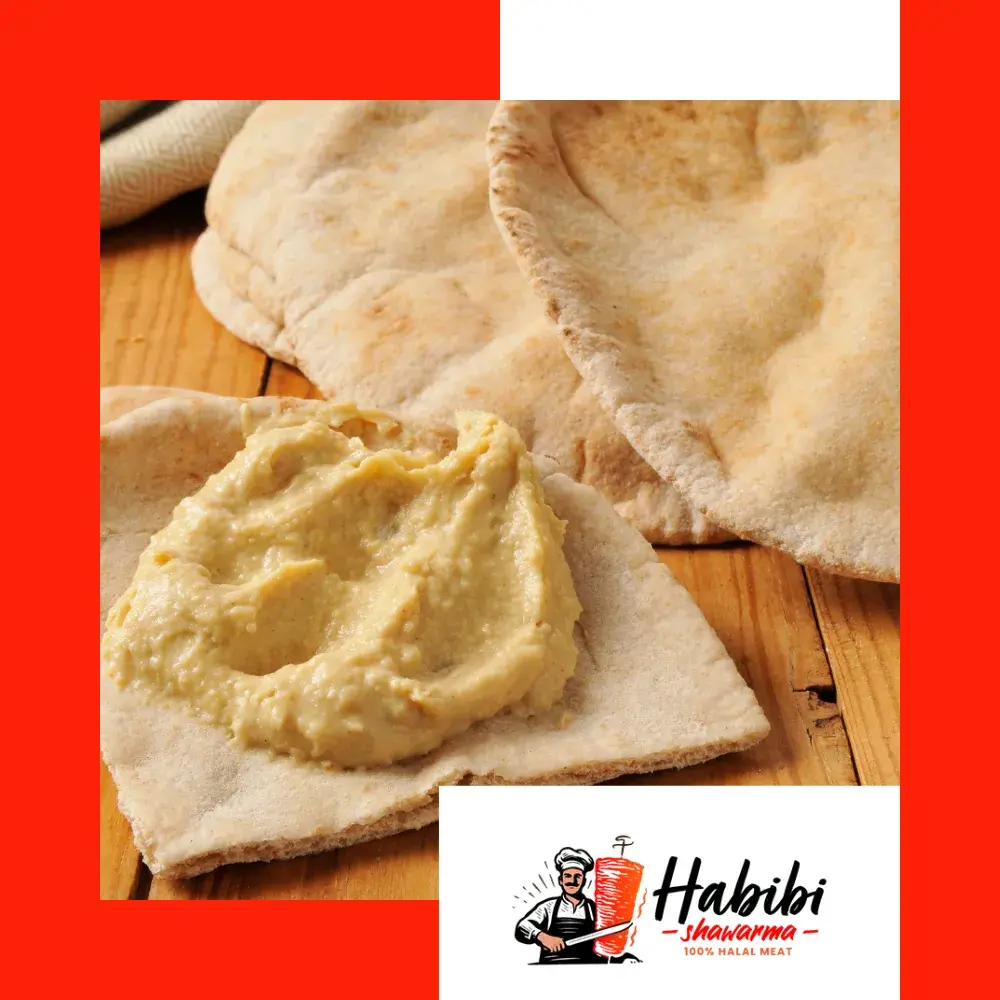Ancient Roots and the Origin of Pita Bread
Pita bread, one of the oldest forms of bread in the world, traces back thousands of years to the Middle East, where it emerged as a daily staple. Archaeological evidence suggests that early forms of flatbread were baked in the Fertile Crescent, where wheat and barley cultivation began. As societies grew around the Mediterranean, pita’s simple ingredients and easy preparation made it a popular choice, establishing it as a fundamental part of Middle Eastern diets. Its role in daily life was not just about nutrition; pita bread was a source of connection within communities, bringing people together around shared meals.
Pita’s Role in Traditional Middle Eastern Dishes
Pita bread’s adaptability and unique pocket design have made it central to Middle Eastern cuisine. Unlike other breads, pita can be split and filled with a variety of ingredients, making it perfect for dishes such as falafel, shawarma, and kebabs. This versatility allowed pita to evolve alongside Middle Eastern culinary traditions, enhancing the flavors of different fillings and spreads. From scooping up rich hummus to holding spicy meats and fresh vegetables, pita became a versatile component that complements the textures and flavors of Middle Eastern cooking, ensuring its place at the heart of traditional meals.
A Symbol of Sharing and Community
Beyond its culinary uses, pita bread symbolizes the values of hospitality and generosity embedded in Middle Eastern culture. In many households, breaking bread together is a cherished tradition that goes beyond simply eating—it fosters unity and mutual respect among family members and guests. Pita is often served as part of mezze, a spread of small dishes meant to be shared, inviting diners to enjoy the experience together. This act of sharing pita bread and other dishes reflects a communal spirit that is essential to Middle Eastern identity, making pita more than a food—it is a bridge to deeper social bonds.
The Modern Impact and Global Reach of Pita Bread
Today, pita bread has expanded beyond the Middle East, gaining global recognition as a versatile and beloved bread. With the rise of Middle Eastern cuisine worldwide, pita is now commonly found in various international dishes, from Mediterranean wraps to gourmet sandwiches. Despite its modern adaptations, pita remains closely tied to its cultural origins, carrying the essence of Middle Eastern traditions wherever it is enjoyed. As chefs and home cooks experiment with pita, this ancient bread continues to evolve, blending historical significance with contemporary flavors, making it a lasting symbol of Middle Eastern culinary heritage.
Learn More
Pita Bread as a Cultural Icon: Its Importance in Historical Middle Eastern Meals
Pita Bread as a Cultural Icon: Its Importance in Historical Middle Eastern Meals

